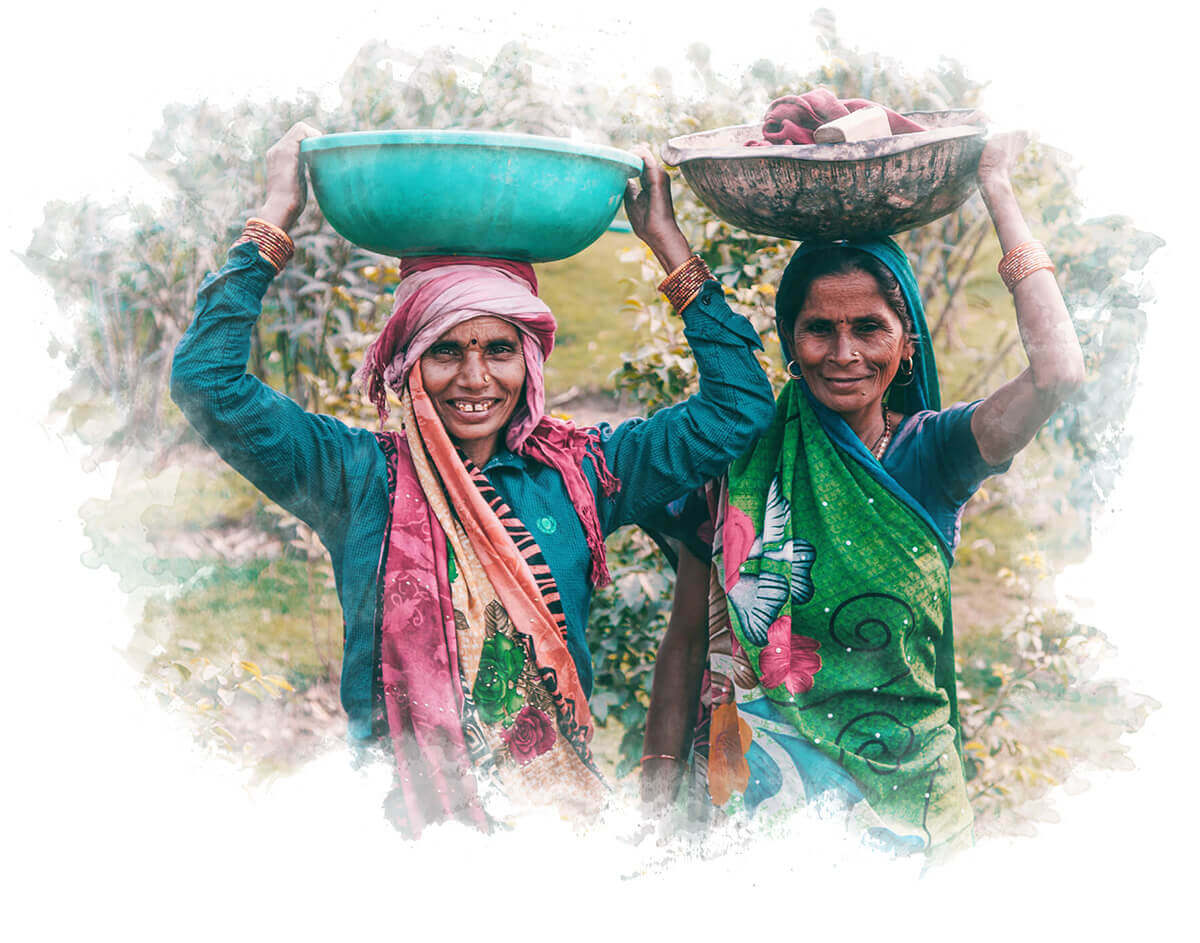75 years of progress
Explore the growth story of India

India is the seventh largest country in the world by area and the second largest by population. It is also the largest democracy in the world. It is the 6th largest economy in the world (Nominal GDP). Since the independence in 1947, India has been improving in all socio-economic parameters. Especially, in the last few decades India has shown steady improvements in areas like economic growth, literacy, and others. However, India is also challenged with persistent poverty, higher unemployment and economic disparity, mainly because of its high population base.
Let’s check how well you know about India. Can you guess the growth over the decades since independence!
Total Population
[Demography]
India is the second most populated country in the world, with nearly a fifth of the world's population. India occupies 2.41% of the world's land area, but supports over 18% of the world's population. India is projected to be the world's most populous country by 2024 and will become the first country to home more than 150 crore of people in 2030.
The graph below shows years from 1951 to 2011 on X Axis and Total Population (in crores) on Y Axis.
Draw a line, best matching the corresponding values in X and Y.
Loading...
Sex Ratio
[Demography]
Sex ratio is used to describe the number of females per 1000 of males. It is considered as one of the most significant demographic indicator, often linked to social development status. Because women account for one-half of a country’s potential, a balanced sex ratio is desirable. Besides, gender imbalances have been known in human history to cause serious negative consequences for the society in the long run. The sex ratio in India consistently decreased since independence, till 2001. Although it improved in 2011 census, there still exist large variation throughout the country, with states having sex ratio as low as 618 (Daman & Diu), Delhi (868), Haryana (879).
The graph below shows years from 1951 to 2011 on X Axis and Sex Ratio (No of females/ 1000 males) on Y Axis.
Draw a line, best matching the corresponding values in X and Y.
Loading...
Urban Population
[Demography]
The rate of urbanisation is strongly correlated with economic growth; higher the urban population share, better is the status of economic development. The percentage of urban population to the total has been increasing consistently since independence. About 1/3rd of India's population live in urban areas now. According to UN population division, by 2050, 52.8% of the country's population is expected to reside in urban areas.
The graph below shows years from 1951 to 2011 on X Axis and Urban Population (% of Total Population) on Y Axis.
Draw a line, best matching the corresponding values in X and Y.
Loading...
Gross Domestic Production
[Economy]
GDP measures the monetary value of final goods and services—that are bought by the final user—produced in a country in a given period of time (say a quarter or a year). Though up until the 18th century, India along with China were the two largest economies by GDP output, it sharply declined during British-Raj in India. India is now the 7th largest economy by nominal GDP in the world. The latest GDP data of India can not be compared with that of the earlier, since from January 2015, the Central Statistics Office (CSO) updated base year for GDP calculation to 2011-12, replacing the old series base year of 2004-05, as per the recommendations of the National Statistical Commission.
The graph below shows years from 1951 to 2011 on X Axis and Gross Domestic Production (INR thousand crores at current price) on Y Axis.
Draw a line, best matching the corresponding values in X and Y.
Loading...
GDP per Capita
[Economy]
GDP per capita is gross domestic product divided by mid-year population. GDP per capita is often considered an indicator of a country's standard of living; although this is problematic because GDP per capita is not a measure of personal income.
The graph below shows years from 1951 to 2011 on X Axis and GDP per Capita (INR at current price) on Y Axis.
Draw a line, best matching the corresponding values in X and Y.
Loading...
Life Expectancy at Birth
[Health]
Life expectancy is a statistical measure of the average time an organism is expected to live, based on the year of its birth, its current age and other demographic factors including gender. It is one of the indicators used in measuring the Human Development Index (HDI).Disparities in life expectancy are often cited as demonstrating the need for better medical care or increased social support.
The graph below shows years from 1973 to 2008 on X Axis and Life Expectancy at Birth on Y Axis.
Draw a line, best matching the corresponding values in X and Y.
Loading...
Literacy Rate
[Education]
Total number of literate persons in a given age group, expressed as a percentage of the total population in that age group. It is a key for socio-economic progress. A high literacy rate (or low illiteracy rate) suggests the existence of an effective primary education system and/or literacy programmes that have enabled a large proportion of the population to acquire the ability of using the written word (and making simple arithmetic calculations) in daily life and to continue learning. Literacy rate in India has increased consistently over the years. However, there exist wide disparity between gender and states.
The graph below shows years from 1951 to 2011 on X Axis and Literacy Rate on Y Axis.
Draw a line, best matching the corresponding values in X and Y.
Loading...



